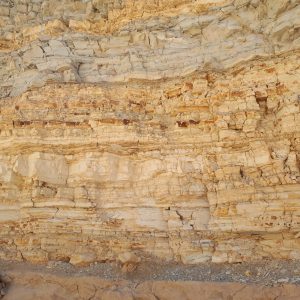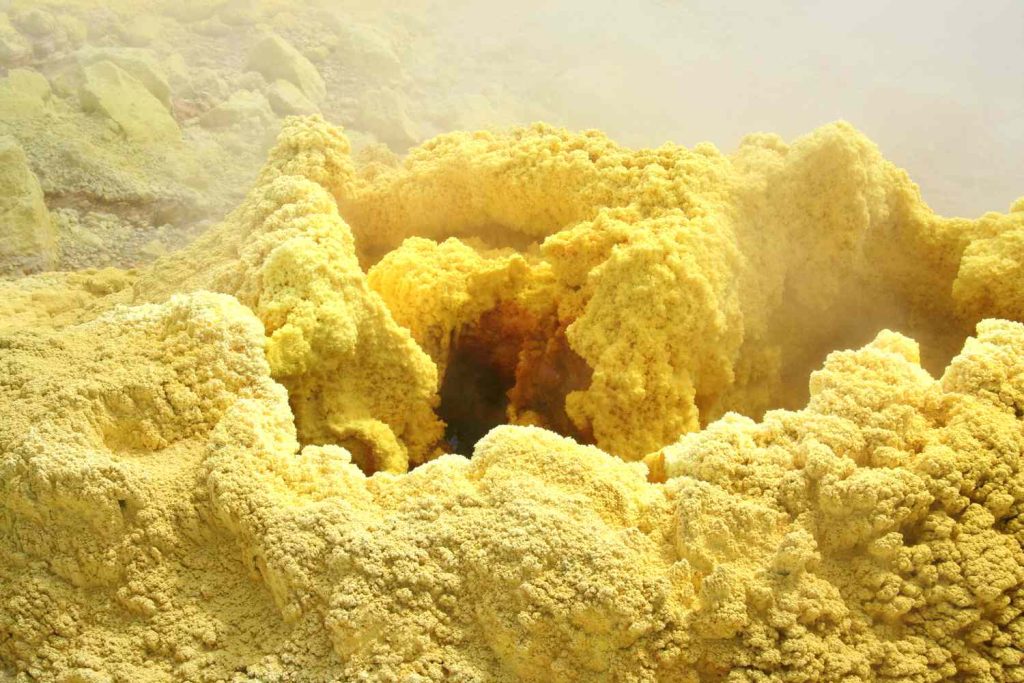Introduction
Phosphate rock, a valuable natural resource, plays a crucial role in modern agriculture and industry. Derived from sedimentary deposits formed millions of years ago, this raw material contains essential nutrients that are vital for crop growth and various industrial processes. In this article, we will explore the origins, composition, extraction, and diverse applications of it.
The Origins of Phosphate Rock
Phosphate rock, often referred to as “phosphorite,” is a sedimentary rock that primarily consists of calcium phosphate minerals. It forms through the gradual accumulation of organic remains, primarily phosphatic microorganisms, and marine life in ancient seabeds. Over time, these deposits undergo geological processes, such as compression and mineralization, resulting in the formation of phosphate-rich rocks.
Composition of Phosphate Rock
Phosphate rock can vary in composition, but its core components typically include calcium phosphate minerals like apatite, francolite, and carbonate-fluorapatite. These minerals are rich in phosphorus, an essential nutrient for plant growth and development. This raw material may also contain impurities like silica, clay, and organic matter, which affect its quality and suitability for different applications.
Extraction of It
The extraction of phosphate rock is a complex process that involves mining, beneficiation, and processing. Mining operations target phosphate-rich deposits found in sedimentary rocks or as veins in igneous rocks. Once mined, the ore undergoes beneficiation, where impurities are separated from the phosphate minerals through techniques like washing, flotation, and sedimentation. The resulting concentrate is then processed to create various phosphate products.
Applications of Phosphate Rock
1. Agriculture
Rock Phosphate is a cornerstone of modern agriculture, as it serves as the primary source of phosphorus, a vital nutrient for plant growth. It is used in the production of phosphate fertilizers, which enhance crop yields and improve food security worldwide. These fertilizers come in various forms, including monoammonium phosphate (MAP), diammonium phosphate (DAP), and triple superphosphate (TSP).
2. Food Industry
Phosphate additives derived from phosphate are commonly used in the food industry for their role as emulsifiers, leavening agents, and stabilizers. They improve the texture and shelf life of various processed foods, such as baked goods, cheese, and meat products.
3. Industrial Applications
Beyond agriculture and food, phosphate finds applications in numerous industrial processes. It is used in the production of detergents, where it serves as a water softener and enhances cleaning efficiency. This vital raw material also plays a crucial role in water treatment, helping to remove impurities and maintain water quality.
4. Animal Feed
Rock Phosphate is an essential component of animal feed, providing the necessary phosphorus for livestock and poultry growth. Proper phosphorus supplementation in animal diets is crucial for bone development, reproduction, and overall health.
Conclusion
Phosphate rock, with its rich phosphorus content, is a valuable natural resource that fuels modern agriculture, sustains the food industry, and supports various industrial processes. Its diverse applications make it a critical component in ensuring global food security, maintaining water quality, and meeting the needs of numerous industries. As we continue to explore sustainable practices, the responsible mining and utilization of this raw material will remain vital for our future.




